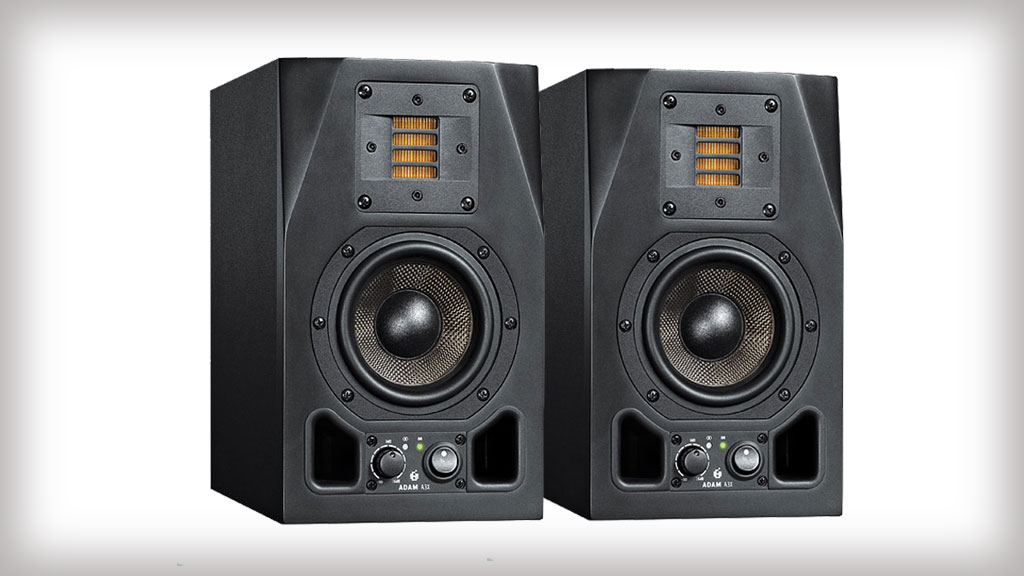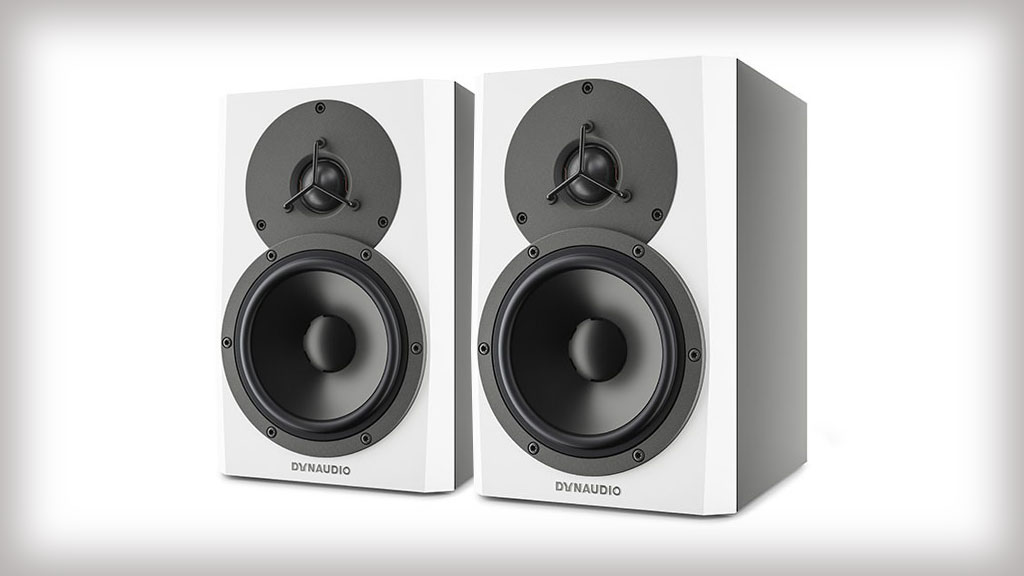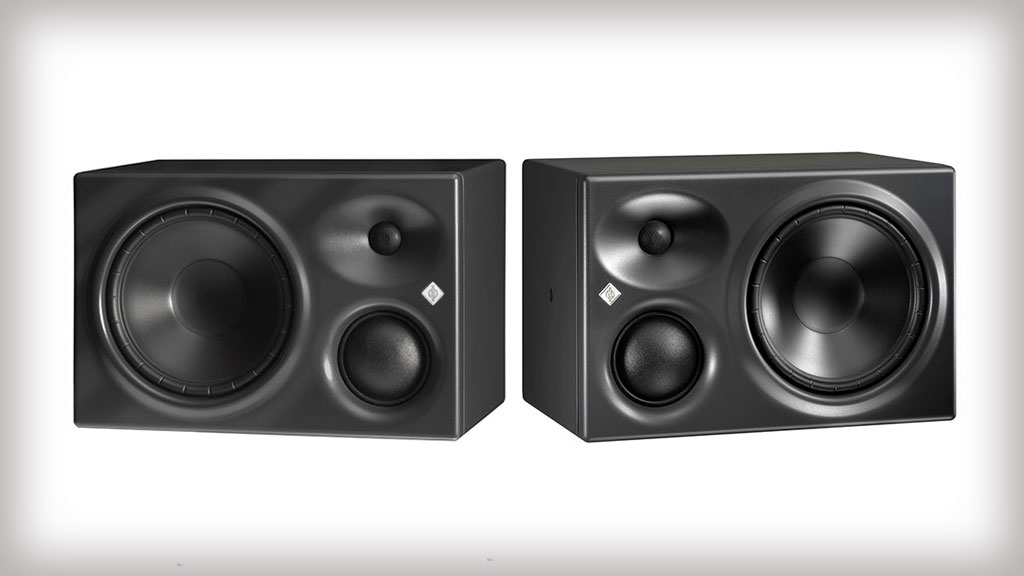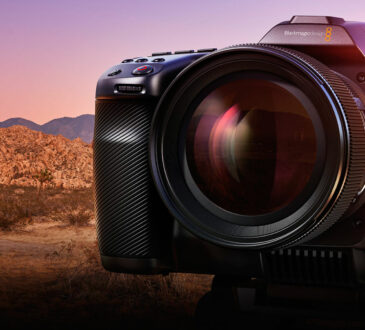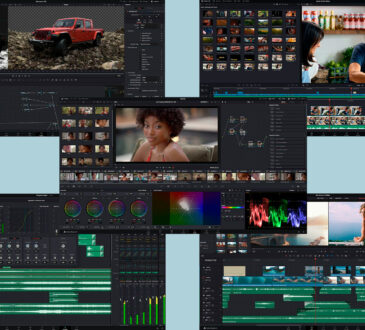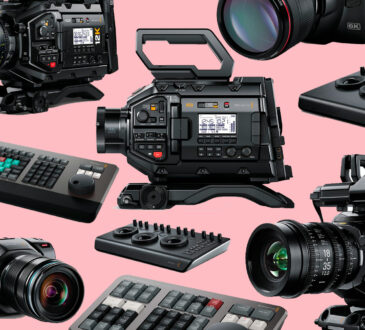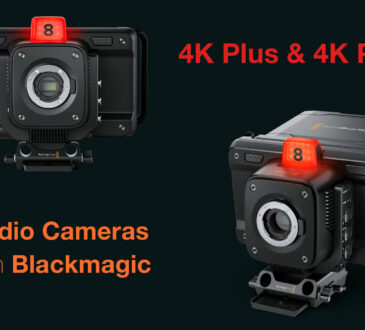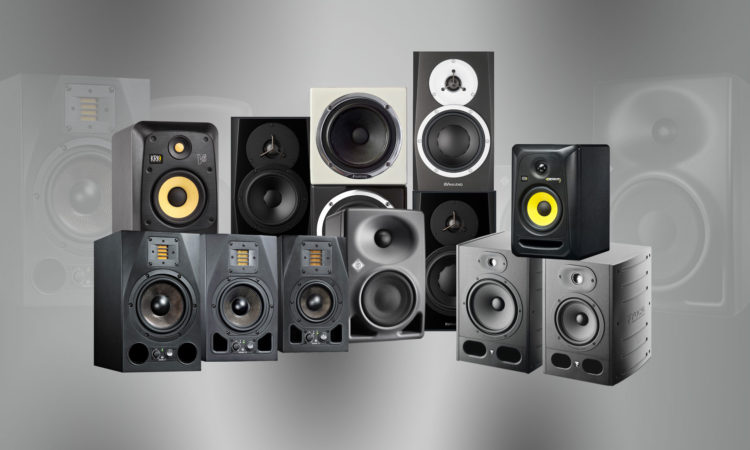
For the dedicated audio engineer or music producer, studio monitors are an essential part of your setup. In previous generations, a high-quality finished piece of audio could only be achieved at a professional studio, but thanks to the wonders of modern technology it’s now possible to enjoy professional results in the comfort of your own home – and studio monitors are key to making the most of your recording space.
Unlike standard speakers, which are designed to enhance the sound of recordings, studio monitors aim to provide an accurate reproduction of the original recording – by giving you a ‘warts and all’ idea of what your audio sounds like, it allows the user to mix and master to ensure the finished product will sound as impressive as possible, whether on high-end speakers or a cheap pair of headphones.
In the world of home studio monitors, models are available at a huge range of prices, spanning everything from basic, entry-level sets to high-end monitors costing thousands of pounds – so it’s important to understand what you require and work out a budget; then you can get to the difficult problem of deciding which model to buy. And that’s where we come in – our experts have assessed all the major players in the home studio monitor industry and come up with a few suggestions across all budgets, ensuring that you can make an informed decision and find the perfect monitors for your needs.
Top 7 rules for buying studio monitors
Understand what you’re trying to achieve
Before buying your monitors, it’s important to know exactly what you want out of them. Prices can vary hugely from monitor to monitor, with a huge array of features across the spectrum. If you’re just starting out in the audio production world, you may well find that cheap, entry-level monitors can do everything you need, while more experienced engineers will require a more advanced – and costly – set.
Make sure that before you make your decision, you’re clear on what you’re looking for; a high-end setup may offer more functions, but if you’re not using them then there’s no sense in wasting money, while buying cheaper monitors may prove to be a false economy if you quickly find you need something a little more high-tech and have to shell out for a new set, leaving your almost-new monitors collecting dust.
Make the most of your budget
Once you’ve worked out your budget, the next step is ensuring you get maximum value for money. The first place to start is the ESV store, which offers superb value for money as well as an excellent price match function to ensure you get the lowest price possible.
Beyond that, you’ll find that different monitors have different pros and cons – light, easily-transportable monitors are ideal for those who move their monitors around regularly (for example if you don’t have a permanent studio space), whereas those who do have a dedicated home studio may prefer the more substantial look and sound of bulkier models – and some monitors are better at reproducing low or high-end frequencies.
An ideal place to start your research is our rundown of the best affordable monitors , which highlights some of the most impressive sets under £1,000, while users just starting out can take a look at our guide to the differences between studio monitors and speakers – these articles are a great place to start if you’re unsure of how to get the most bang for your buck.
Know what power wattage you require
You could be forgiven for thinking that a studio monitor’s power wattage equates purely to its maximum volume, but this is not the case. A higher-wattage set of monitors also provides a more detailed sound across a wider dynamic range, allowing you more control over your audio’s sound without experiencing distortion – cheaper monitors tend to have a lower wattage, meaning that your audio’s high and low-end frequencies are more prone to distortion, as the monitors cannot cope with the output required. Depending on the type of audio you’re looking to create – high bass levels are a particular problem on low-wattage monitors – you may need to consider monitors which can meet your demands.
Another thing to consider when deciding on the power you require is the size of your studio (we will discuss this further below) – although most home studios are fairly small and will not require a particularly powerful setup, a bigger room will require greater wattage. As a general rule, 50 watts is a good starting point for your home studio.
Remember – your monitors prioritise accuracy over sounding good
It’s important to bear in mind that, unlike regular speakers, studio monitors aren’t designed to improve the sound of your audio as it plays back – in fact, it’s the complete opposite. While you may have a state-of-the-art hi-fi setup which plays your audio in all its glory, not everyone has that luxury – and studio monitors are designed to provide an accurate, warts-and-all representation of your recording, allowing you to recognise and remove any issues which may stand out when the audio is played on poor quality speakers.
Remember that your monitors aim to offer the best possible platform for improving your finished product, and won’t attempt to add a more powerful bass or a clearer high-end the way speakers do – they will expose any frequency problems that need amending, so that your mastered recording sounds as good as possible; for casual listeners, a normal set of speakers will sound ‘better’ than a set of studio monitors, but for editing purposes they lack the accuracy and detail a good studio monitor provides – so if you’re testing a studio monitor set out and the sound seems flat and under-powered, be aware that this is not a drawback, but a major plus point!
Ensure your recording space has appropriate acoustics
Regardless of your budget, it’s important to take your room acoustics into account before taking the plunge on a new studio monitor set. There’s little point in spending a small fortune on your setup, then putting it in a room that can’t get the most out of it – and the sound of your audio can be affected by everything from the size of a room to the various objects contained within it and the placement of the monitors themselves, so there can be a lot to consider.
Firstly, you’ll need to ensure your monitors are positioned well; ideally, if you’re buying a near-field set of monitors, you should be approximately 1-2 metres away when listening – the optimum listening position. If your room is big enough, you should look to keep your monitors at least 2.2m from walls in order to minimise the impact of the bass bouncing off the walls, while investing in speaker stands to keep your monitors at least a couple of feet off the ground. These tips should help you to reduce the effect of the room’s ambience on your audio, ensuring your monitors provide an accurate representation of your recordings.
Maximise your potential with a pair of studio monitors (or more!)
A pair of monitors is key to getting the most out of stereo recordings, and is essential for making sure your audio channels are balanced correctly. For those with a larger budget, you may even consider an additional pair of studio monitors – purchasing a cheap pair for playback of your audio will allow you to get an idea of what your mix will sound like to the average consumer.
FAQs
What makes a good monitor?
A good set of monitors should offer a number of qualities including a wide frequency range which can reproduce both high-end and low-end sounds without distortion, built-in amps (generally referred to as active monitors) which remove the need for an external amp and a flat sound free of the altering effects of room ambience – but essentially, good monitors should give an accurate reproduction of your original audio recordings, highlighting any weaknesses in the recording so that you can edit them out of the finished audio and ensuring your finished product sounds exactly as you want it to.
Couldn’t I do all this on a standard set of speakers?
Unfortunately not – while regular speakers offer plenty of positives, they are generally not suitable for use by audio engineers.
A good set of speakers will automatically emphasise certain parts of a piece of audio to ensure it has a full, rounded sound – while this is great for making the most of a completed piece of audio, it is exactly the opposite of what you need from a set of studio monitors: a flat sound which doesn’t emphasise elements of the audio, but provides an accurate, reliable reproduction of the audio as it was recorded.
A standard set of speakers will automatically iron out the creases of your audio, making it more difficult to remove any sound issues which may lead to distortion when played back on poor quality speakers.
Why do audio engineers have two sets of studio monitors?
A pair of studio monitors is an essential investment, allowing for a deeper, more 3-dimensional sound which is perfect for reproducing stereo audio.
For this reason, professional audio engineers and studios will generally have at least a pair of studio monitors, if not more; as well as your main set of monitors, it is worth considering buying an additional set of a lower quality – this will give you a better idea of how your mix will be reproduced on the average listener’s speakers.
What is the optimum setup for my studio monitors?
As discussed above, the setup of your studio monitors is key to maximising your potential, as a well-planned setup will allow you to enjoy more accurate reproductions of your audio.
There are a number of things to consider, but it is particularly important to bear in mind room size (you need a monitor which suits the size of your room), room ambience (you should look to minimise the number of things which sound can bounce off, as this can subtly alter the sound – you should take particular care to remove anything which comes between your ears and the monitor) and monitor placement (keep them away from walls if possible, ideally on a speaker stand which raises them a couple of feet above the ground).
Once your monitors are in position, you should ensure your listening position is an appropriate distance from the monitors; most home studio monitors will be near-field, and should be listened to from a distance of approximately 1-2m.
What is the difference between passive and active speakers?
Put simply, the difference between a passive and an active speaker is whether or not the speaker has a built-in amp for producing sounds at loud volumes. An active speaker will have an amp built into the speaker cabinet, while a passive speaker will require an additional external amp; this can be problematic if you’re on a tight budget or have limited space. As a general rule, it is best for beginners to stick to active monitors – they are easier to use, and far more common in today’s market.
It’s also worth bearing in mind that, if a speaker has a built-in amp, that amp will already be matched to the speakers, ensuring a better sound – and if you’re not especially technically-minded, the additional cables that come with an amp can be an extra headache you could do without. However, it is worth bearing in mind that as everything is built-in, active monitors can be heavier and more bulky; and if one element of the monitor fails, you have to send the whole set off for repair!
Do I need to buy a separate subwoofer?
Subwoofers are designed to reproduce low-end sounds accurately, and are important for anyone creating bass-heavy audio; dance, rock and hip-hop in particular tend to have strong bass notes, and can require a subwoofer for best results; bass notes can very easily become distorted on average speaker sets, so a dedicated audio engineer should consider a subwoofer an essential part of their setup.
However, if you are thinking of buying a separate subwoofer, you will need to take into account the size and layout of your home studio – placing a subwoofer against a wall will make the bass notes in your audio sound louder than they actually are, which may lead you to lower them in your mix, therefore leaving them under-powered in the final product. Ensuring that your room is equipped to handle the effects of a subwoofer is key before making a purchase.
What’s available?
If you’ve decided to purchase a set of studio monitors but you’re not sure which one to go for, you should take a look at our buyer’s guide (LINK), which offers a number of possibilities across a range of budgets. For those starting out in the world of audio production and engineering, the KRK RP5 is a snip at £258 per pair and produces impressively crisp sonics, while the Adam A3X (£410 per pair) is a popular choice thanks to its simple control system and powerful sound which belies its lightweight appearance.
If your budget stretches a little further, Dynaudio offers a superb combination of performance and value, providing high-end audio at affordable prices; the LYD5 boasts clear, detailed audio and costs £750 per pair for the 5″ woofer models (£1010 for the 7″ LYD7 models), while if space is an issue the BM5 mk iii offers excellent audio reproduction across the full range of frequencies.
At the high end of the studio monitor market, the Neumann KH310a offers value even at £3,190 per pair, such is the incredible quality of the audio output; the astonishing 3-dimensional sound gives a truly live feeling to studio recordings, and is the perfect choice if money isn’t an issue and you’re ready to invest in the very best.
So there you have it – a complete rundown of everything you’ll need to know if you’re looking to buy a set of studio monitors, from the type of monitors you should consider to how you should lay out your home studio. Now that you’re equipped with the knowledge you need to make an informed decision, you can make your purchases and get on with creating your audio masterpieces!
If you have any further questions or need some advice on the best monitors for your studio set-up then please feel free to get in touch and we’d be happy to help – [email protected] – 020 3137 2901
